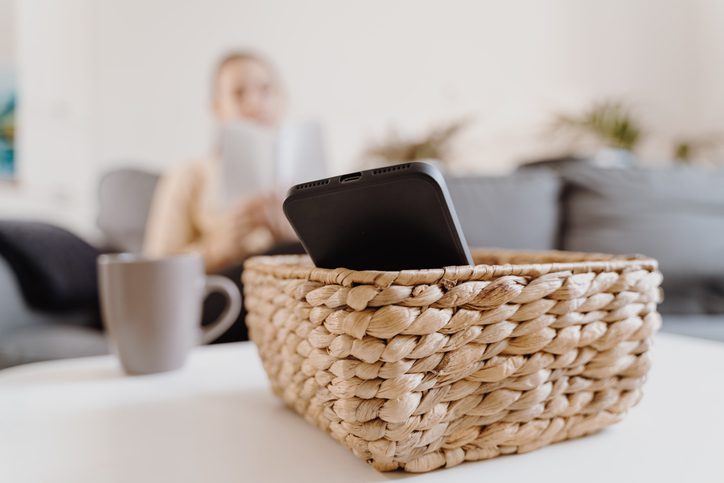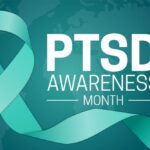Did you know there’s a word for the fear of being away from our smartphones? The word is nomophobia, and, according to psychologist Lisa Strohman in an article for VeryWellMind, this attachment to technology is increasing our overall stress levels. She says, “Over the last 10 years, I have seen a huge jump in my private practice of individuals who have stress and anxiety disorders as a direct result of technology use.”
This probably doesn’t come as a surprise. You’ve probably felt the anxiety that can arise while texting, posting on or scrolling through social media, and reading or watching the news. According to the Cleveland Clinic, each day “Americans spend an average of four hours watching TV and about seven-and-a-half hours on digital devices.” We also check our smartphones 96 times a day and spend more than two hours on social media.
If you’re struggling with a diagnosed mental health disorder or just noticing a greater level of anxiety and restlessness, you may benefit from a periodic digital detox–as well as some long-term changes to the ways you interact with technology day to day.
What is a Digital Detox?
A digital detox means taking a break from electronic devices and/or certain types of media. This break can last anywhere from a day to a month or more, depending on what exactly you choose to include in the detox. There’s a good argument to be made for doing a complete digital detox for 24-48 hours every now and then. This means cutting out television, texting, video games, social media, email, and use of your smartphone for anything but phone calls. Completely disconnecting from your devices can have far-reaching benefits, including the following:
- Better focus and concentration
- Richer times with friends and family
- Greater sense of control over your time
- Improved ability to relax
These benefits arise in large part because a digital detox checks our compulsive behavior. Instead of constantly checking our phones for messages or picking them up every time we get bored, we experience the silence and calm that arise when compulsions cease. Instead of looking at our phones or televisions or computer screens, we look around us. We pay better attention to ourselves and others.
Easy Ways to Detox
Maybe the thought of taking a complete break from technology seems impossible and even frightening–what will you miss out on? If that’s the case, start slow. You could try one or more of the following:
- Turn off some or all of your phone notifications. Maybe you want to leave on the sounds that indicate a text message and turn off all other alerts. You get to decide how to experiment with this idea. The point here is to give yourself a chance to have extended periods of not being distracted by the beeps and pings coming from your phone.
- Choose not to check work communications over the weekend or after work hours. Save the work for working hours. You can always use automated replies if you’re worried about letting an email sit unanswered for a whole weekend.
- Go on a long walk or to a movie or to lunch with friends–and don’t take your smartphone with you.
- Do a news detox or a social media detox. News and social media platforms are “designed to be addictive and associated with anxiety, depression, and even physical ailments.” See how you feel after avoiding the news and social media for a day.
- Spend one evening a week TV-free. Instead of watching a show, read a book, listen to music, or start a craft project.
- Don’t take your phone to bed with you. This will keep you from reaching for it during wakeful periods at night and give you a chance to start the day with stillness before jumping into the digital demands.
Digital Mindfulness
Some would argue that doing a complete digital detox is impossible in our culture. If you fall into this camp, consider a new approach to your use of technology. In an article for the BBC, university lecturer Sina Joneidy advocates for digital mindfulness. He says, “For me, it’s more about detoxing from the ‘desirous attachment’ to technology.” In other words, are we using technology as a way to feel happy? If so, we’re on the wrong track. Technology provides a dopamine hit, but it does not lead to happiness.
Digital mindfulness means using technology with intention and purpose: “Instead of being seduced by the addictive, mindless scroll, Joneidy believes digitally mindful users can enhance their lives with tech, rather than feeling like they’re tethered to a device.”
Some Final Thoughts
Whether and how you decide to do a digital detox is, obviously, up to you. We just ask you to consider these points:
- Technology has a purpose in our lives, but overuse leads to stress, not happiness. Compulsive use can even lead to addiction.
- Instead of letting technology make demands on your time, you decide how and when you need to use it.
- If you feel some anxiety about limiting your use of technology, that’s a telltale sign that you need a break.
- Create some technology-free moments in your day, every day.
Time to Heal at Miramont Behavioral Health
If you are struggling to get your anxiety, depression, or any other mental health issue under control, remember that you don’t have to suffer alone. Reach out to our team in Middleton, WI. Through inpatient therapy, outpatient therapy, or a combination of the two, we can provide the stability and support you need to find your footing and move forward with confidence.









